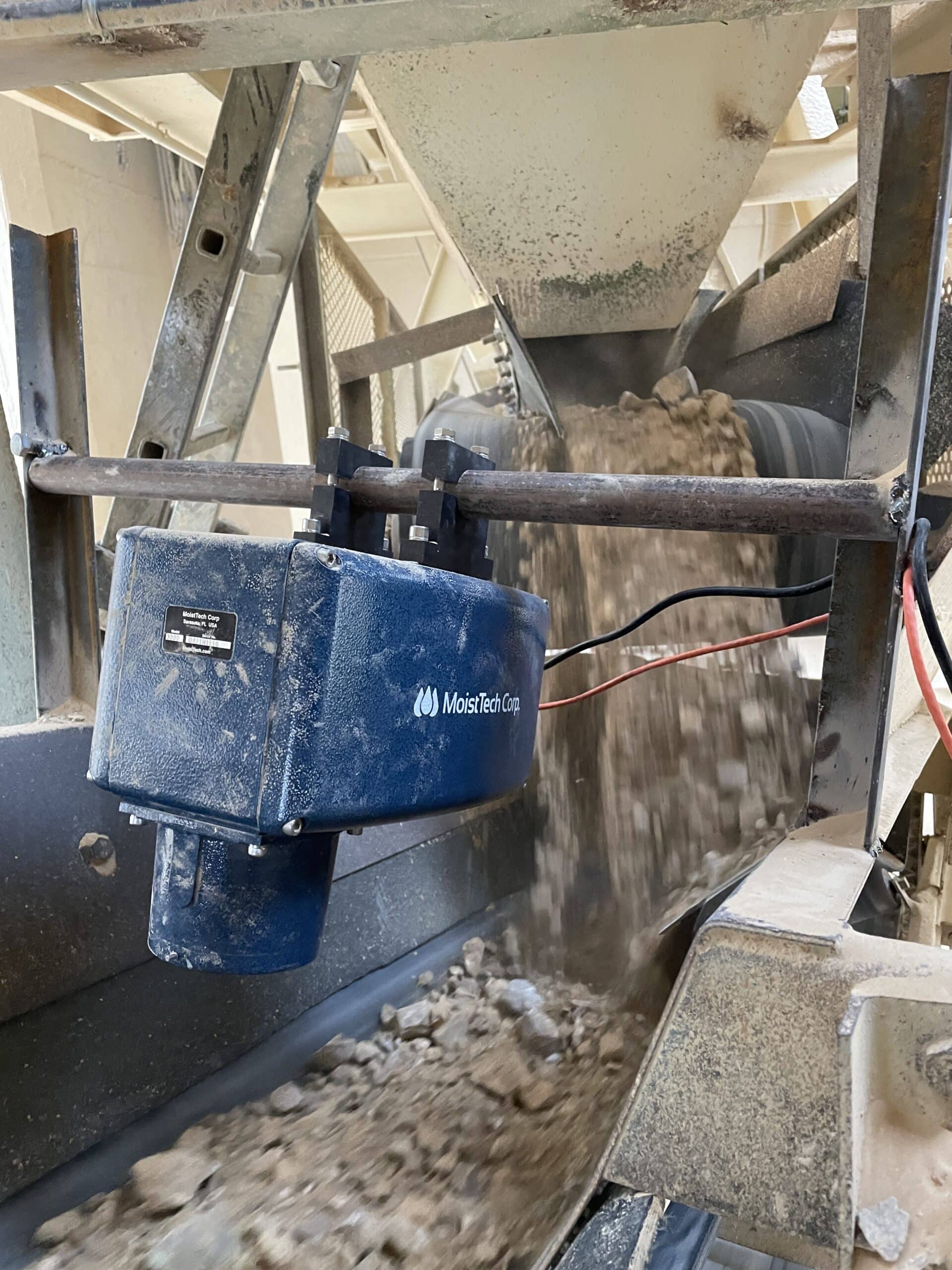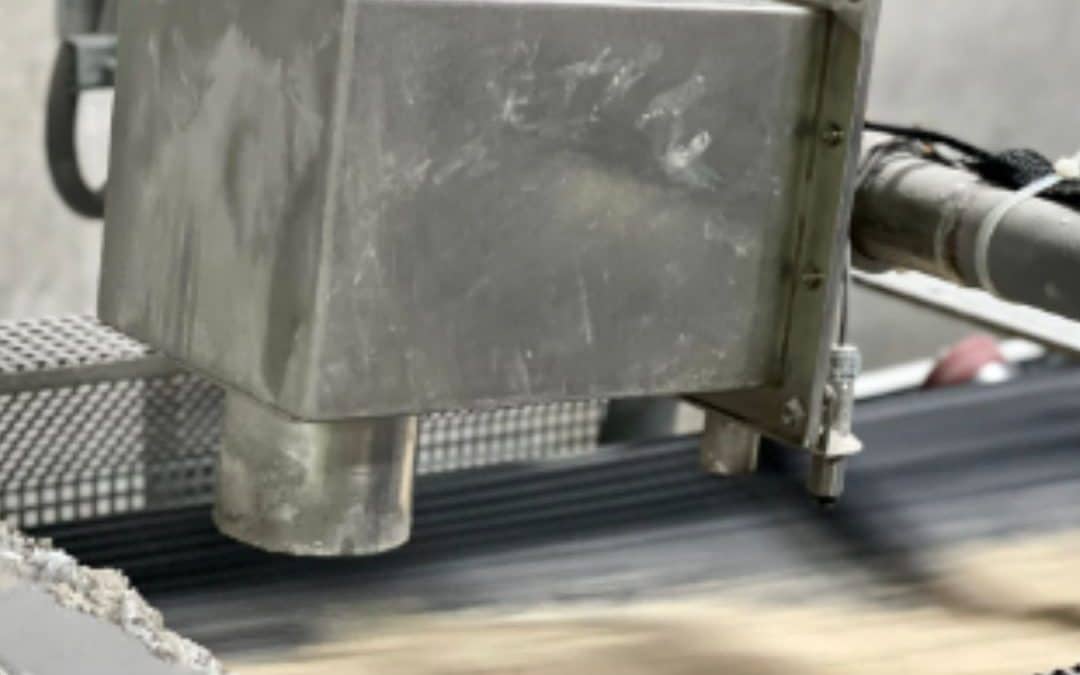Moisture is important in any manufacturing process, but when it comes to powder & bulk solid processing, excess moisture can ruin products. And what is worse than a wasted effort? Economical losses and decreased productivity. With continuous online moisture measurement, manufacturing/processing plants will find huge money savings. From savings in transportation due to weight of excess moisture, to savings in water usage for dust suppression and clean-up, plants also reduce the amount of wear and tear on equipment due to the dust and ash build-up and prevent blockages on the conveyor resulting in shutting down the boiler.
Immediate Benefits
Benefits of moisture measurement and control include:
- Reduce dryer usage and energy costs
- Properly control the infeed and dryer exit
- High-quality product through instant accurate moisture control
- Consistency of final product
- 100 percent product inspection
- Dust and fire elimination
- Reduce purchase costs from water weight
- Plant production efficiency monitoring
- Blended monitoring for control of moisture and resin
- Reduce downtime

Why Near-Infrared Over Other Technology?
Near Infrared Technology and Moisture Control Although the discovery of near-infrared (NIR) is attributed to William Herschel in the late 19th century, the first industrial application was not until the 1950s. NIR spectroscopy and imaging are fast and nondestructive analytical techniques that provide chemical and physical information of virtually any matrix. NIR can tell us things about a product in a similar way to visible light. When light hits a product, it will interact in various ways. Transmitted light will pass through the product while backscattered light will reflect from the product. Light will also be absorbed by the product. Absorption is the key to the most effective moisture measurement analysis technique.
Ideally, Moisture Control Should Be Prioritized
Moisture measurement is extremely important during mineral processing from mining to the final product. Moisture measurement is critical in all aspects of the mining process. Thus, mining companies are constantly adjusting moisture to maintain the quality of their product. Testing moisture content throughout the process also provides mineral manufacturers cost savings in energy and fuel costs, as well as having less product waste. With continuous NIR online moisture testing, manufacturers can monitor moisture levels which they in-turn, can precisely control their dryers to optimize the production process with minimum energy requirements.
Ideally, a moisture control system should be able to accurately detect moisture in raw materials, preferably at different stages of the manufacturing process, be easy to maintain, and tough enough to withstand the harsh, abrasive nature of the raw materials and the mixer environment.
Controlling Ash Residue
In some manufacturing facilities, controlling the ash residue is a critical concern of plant operators. After combustion, the ash residue that is left is sprayed with water to reduce dust and odors which is then transported to landfills/moonfuls. However, too much or too little moisture can create several problems for some manufacturing plants.
Managing the ash residue in a waste-to-recycling application is an important step for many reasons at incineration facilities around the world: from minimizing the possibility of ash dust inhalation and ingestion of employees, to preventing ash being absorbed into the environment, as well as lowering transportation costs due to weight. With NIR moisture sensors, operators will be able to instantly and continuously measure ash moisture and control these problems.
Preventing airborne dust and controlling weight of the ash, it is recommended that a sensor is installed after combustion and moisture spray. From past installations and depending on the matrix of the ash, the optimum moisture range is 15 to 18 percent with a target of 15 percent for control of dust and weight of the ash. The moisture content lowest point is 12 to 14 percent before the ash becomes airborne, and above 25 percent moisture the ash turns into mud that contains surface moisture (liquid) making it heavy and expensive to haul away.

